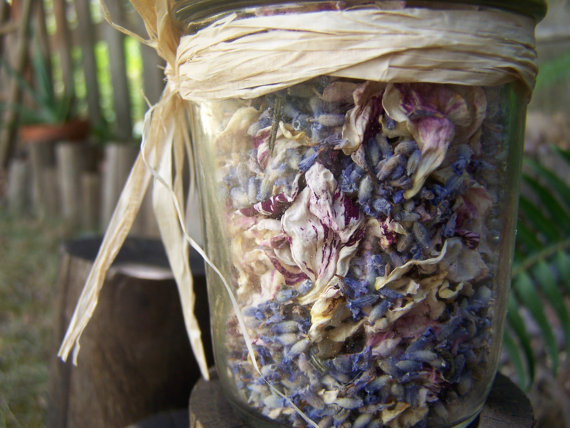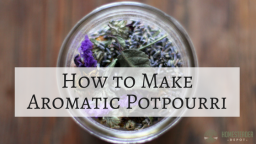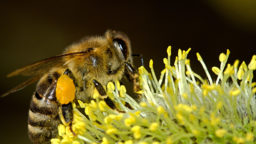If you are a flower gardener or simply love the smell of fragrant potpourri, you should definitely learn to make your own. You can harvest and process your own flower petals or buy your own and make several sachets to give to friends and family. There are few more thoughtful, easy homemade gifts than an aromatic sachet of potpourri!
The most common bases for potpourri are rose petals and sweet geranium leaves. If you grow roses, this is a wonderful way to use the petals once the flowers begin to die. You can add to these whatever you like, and we’ve got some great ideas for you.
There are two main types of potpourri: dry and moist. Dry potpourri is very easy, as long as you are sure you have very dry ingredients. You simply dry out whatever fragrant flowers and herbs you’d like to use in a dehydrator or oven, and pack into sachets. Moist potpourri can be a little trickier.
Moist potpourri can be a little trickier. You need to have the right balance between moisture and dryness, so it might take a little trial and error. What you want is to get your ingredients to a sort of leathery consistency, so that they are not too wet to store but not so dry that they lose fragrance. Once you have achieved this consistency, however, if you pack them into jars with some salt to absorb any excess moisture, they are delightfully aromatic. You might wonder why they’re worth the effort, well, while dry potpourri is certainly easier, moist potpourri is far more fragrant.
Dry potpourri is ideal for putting in drawers or storage boxes to keep things smelling good when they are put away, or tossing in bedding. You can also leave it sitting in a bowl in your living room or bedroom for a pleasant aroma. Wet potpourri, however, is best suited for this latter purpose.
Long-Term Survival for Homesteaders…
How to Make Potpourri

Since moist potpourri can be a bit tricky, we will focus on how to make dry potpourri to get you started.
First, you will want to gather together your ingredients and make sure they have properly dried. Depending on what you are using, this might be very easy, or it might take a bit more patience. Many flowers and herbs can simply be hung upside down for a few days, left to dry in a paper bag, of spread out on some cloth or butcher paper in a cool, dry place for a few days. Or, if you have a dehydrator, this can speed things up, just be careful not to dry them so much that they become impossible to handle.
Factors such as the thickness and moisture content of your ingredients, your given environment, and the method you choose to dry your ingredients with, will all have an impact on just how effectively they dry. So use your best judgment.
Once you have your ingredients properly dried and gathered together, place them all in a large bowl or on a large tray. Mix together. Then, distribute into bags and tie. A small scoop helps a lot here, but you can just use your hands as well.
For bags, you can buy some specially made, or simply sew very simple ones out of muslin and secure with a pretty ribbon. You can get creative though, lace is really nice-looking and linen is a classic.
You can also reserve some to keep in bowls around the house. This is a lovely way to add scent and a touch of vintage decor to your home. Adding some potpourri to an antique crystal bowl is particularly chic, and an incredibly easy way to dress up your home decor. You can, of course, use any bowl, even a small mason jar with a ribbon tied around it would be very farmhouse chic and incredibly cheap and easy to do.
Speaking of mason jars, if you don’t feel like fussing with bags or bowls, simply filling some small mason jars with potpourri and covering with a piece of fabric and a ribbon, or even a mason jar ring, is a very quick and easy way to store and use your potpourri. With a small enough jar, you can keep this in a dresser drawer to keep your clothes smelling fresh, or place around your home for fragrance and style. This is also a great way to store damp potpourri if you are bold enough to try your hand at making it.
Here are some great ideas for ingredients to use for both wet and dry potpourri:
- rose petals
- sweet geranium
- cloves
- rosemary
- lemon peels
- bay leaf
- thyme
- lavender
- verbena
- rosemary
- violet
- mint
- cinnamon cloves
- orange peels
- allspice
Potpourri makes a wonderful gift for friends and family, or simply a great natural way to improve the fragrance in your home. If you have lots of fragrant flowers and herbs around your homestead, see what you can come up with! You’ll be happy you did.


